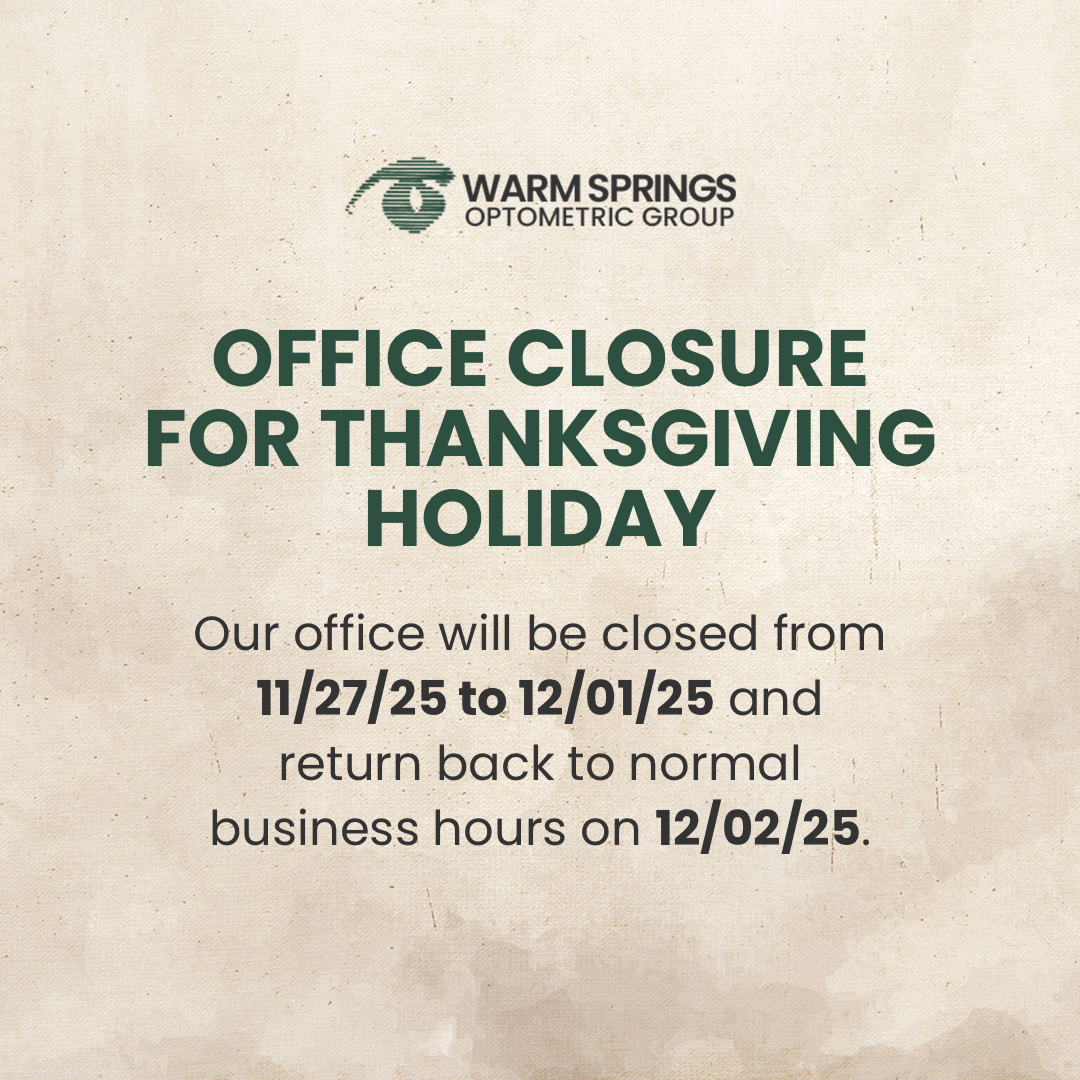What is myopia management?
Myopia is commonly referred to as nearsightedness – or blurry distance vision, but it’s truly much more than that. Eyes that are myopic are too big from front to back and progressively get bigger. As a result, of this rapid eye growth, kids are put at risk for serious eye diseases as adults, like glaucoma, retinal detachments, and cataracts, and usually end up with very high prescriptions as adults. With myopia management, we aim to prevent your child’s eyes from continuing to grow too big.
What treatments are there for myopia?
There are two major treatments we offer at our office. Special eye drops and special contact lenses.
Can’t my kid just wear glasses or contacts?
Glasses and contacts just compensate for blurry vision but won’t stop myopia from getting worse – that is, they won’t stop the eye from getting too big. Special contact lenses and special eye drops can help slow down the progression and sometimes if we get lucky, even stop it.
Why is this so important?
A highly myopic eye, or an eye that is too big, has an increased chance of a variety of eye diseases, including glaucoma and retinal detachment. Slowing down the progression will offer your child a better quality of life today and in the future.
What is Ortho-K?
Orthokeratology, or Ortho-K, is a type of specialty contact lens that helps treat myopia progression. It’s an oxygen-permeable contact lens worn at night while sleeping that helps shape the eyes in a manner to prevent the eyes from getting longer, i.e., more myopic. That may reduce the risks of certain eye diseases when kids get older., They also allow the child to see without aid during the daytime.
What is Atropine?
It’s an eye drop that helps prevent myopia progression. It is often recommended for kids who may not like wearing contacts or can be used together with some contact lenses.
My child has an astigmatism/ high prescription already, is this okay?
A child with astigmatism or high prescription is still a candidate for myopia management. We make sure to offer a variety of treatments so we can personalize their treatment. During the evaluation, our doctors will help determine the most effective treatment.
I’ve never heard of this before. Is it new?
No. Treatment has been studied and put into practice for years. Awareness has been raised as the rates of myopia progression have increased in younger patients. What’s new is our approach. We treat the progression and monitor the patient consistently and carefully to minimize any progression.
How many follow-ups are needed?
Generally, at least 3-4 follow-up visits during the first year of treatment. In the subsequent years, once the patient is doing well with the treatment, it generally takes 2-3 visits annually. During each visit, the doctor takes a number of measurements and evaluates the health of the eyes so that we can keep track of your child's treatment progress accordingly. If more follow ups are needed, there is no additional charge.
How long will my child be treated?
We will continue to treat your child year after year to make sure we monitor the progression. Once the chances of progression stop, treatment stops.
Can any doctor do this?
As a Treehouse Eyes center, we have special training and equipment to ensure your child receives great care. We also offer every type of treatment available. This is often not the case at other doctors.
Is myopia treatment covered by insurance?
Currently, myopia treatment is a self-pay service. Itemized receipts can be provided to reflect the services rendered as needed and those can be sent in by you to your insurance company, although most don’t cover the service. Most FSA/HSA plans DO allow coverage of a myopia management program like ours.
What is the cost of the program?
The initial consultation is free!
The cost of the program can vary depending on treatment, but we offer payment plans as low as $150/month for 24 months.
Check out Treehouseeyes.com for more information on myopia management.






